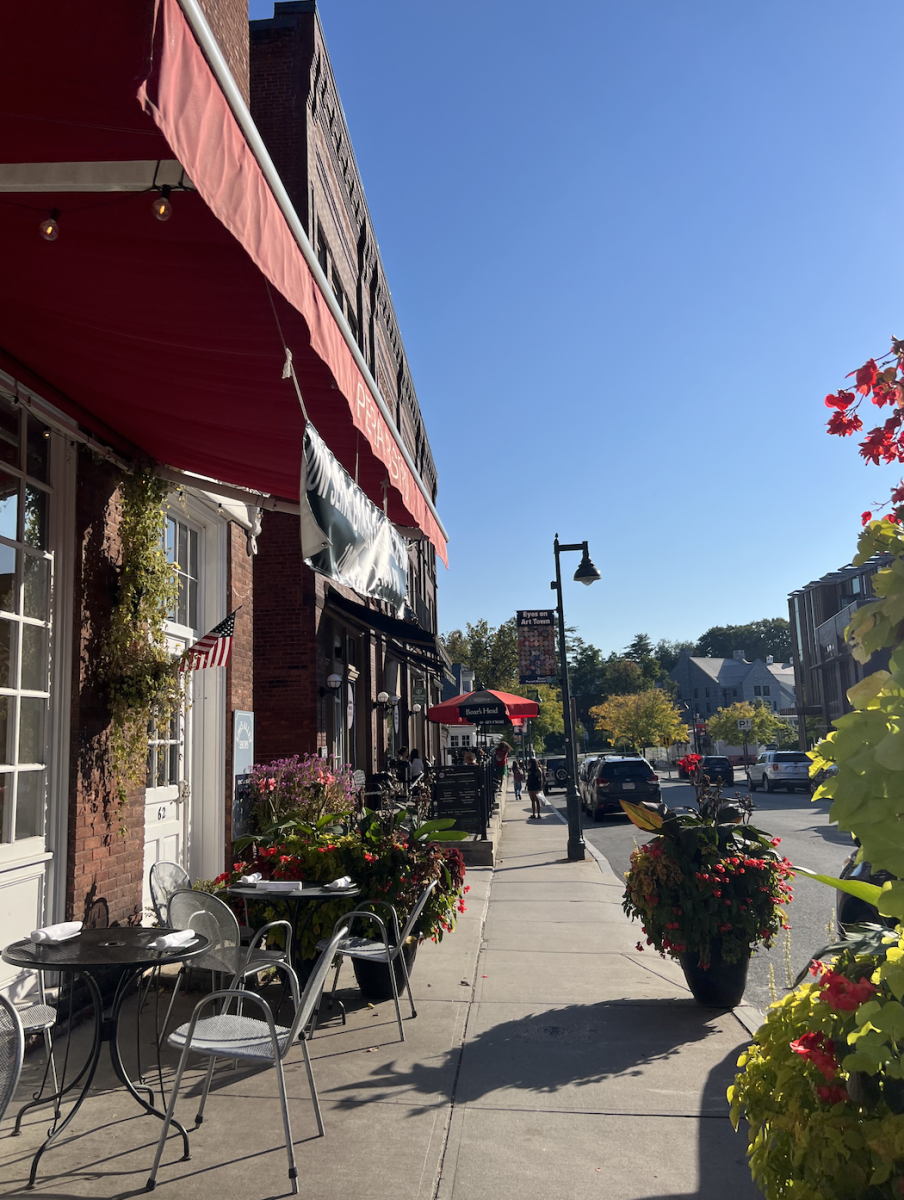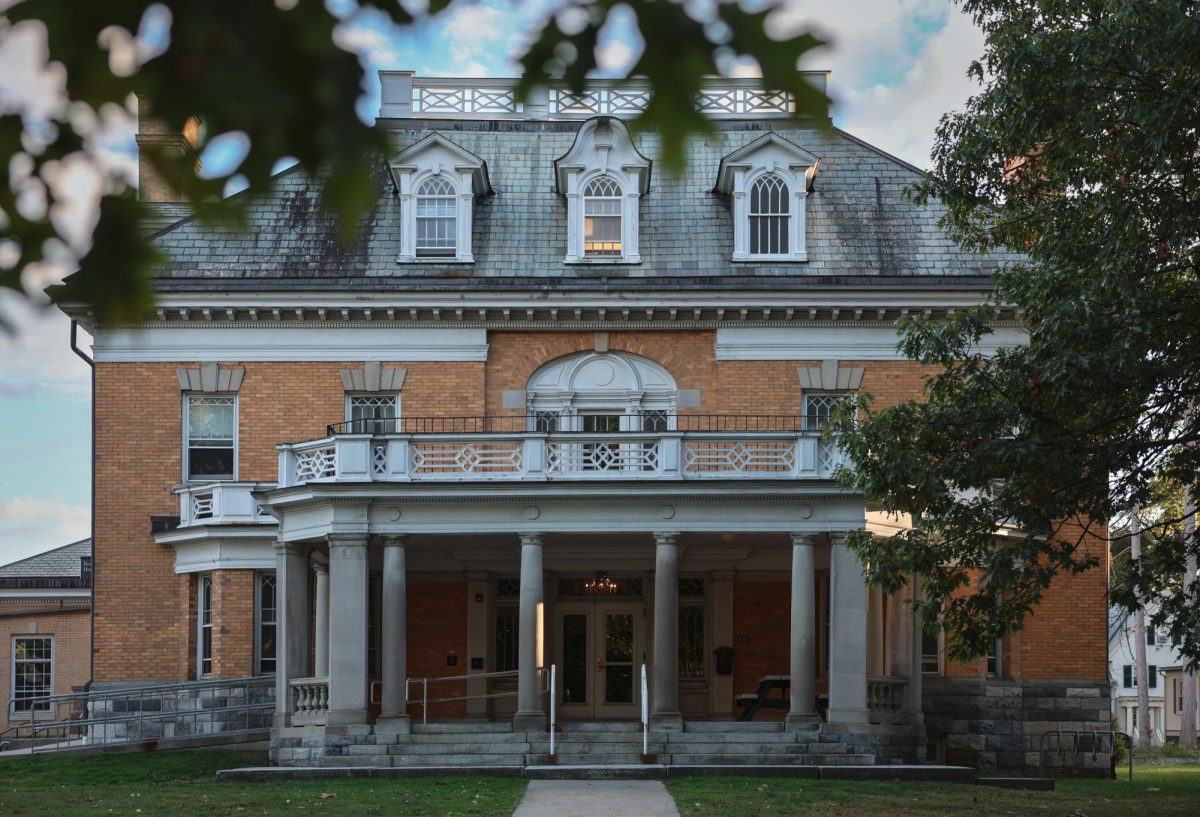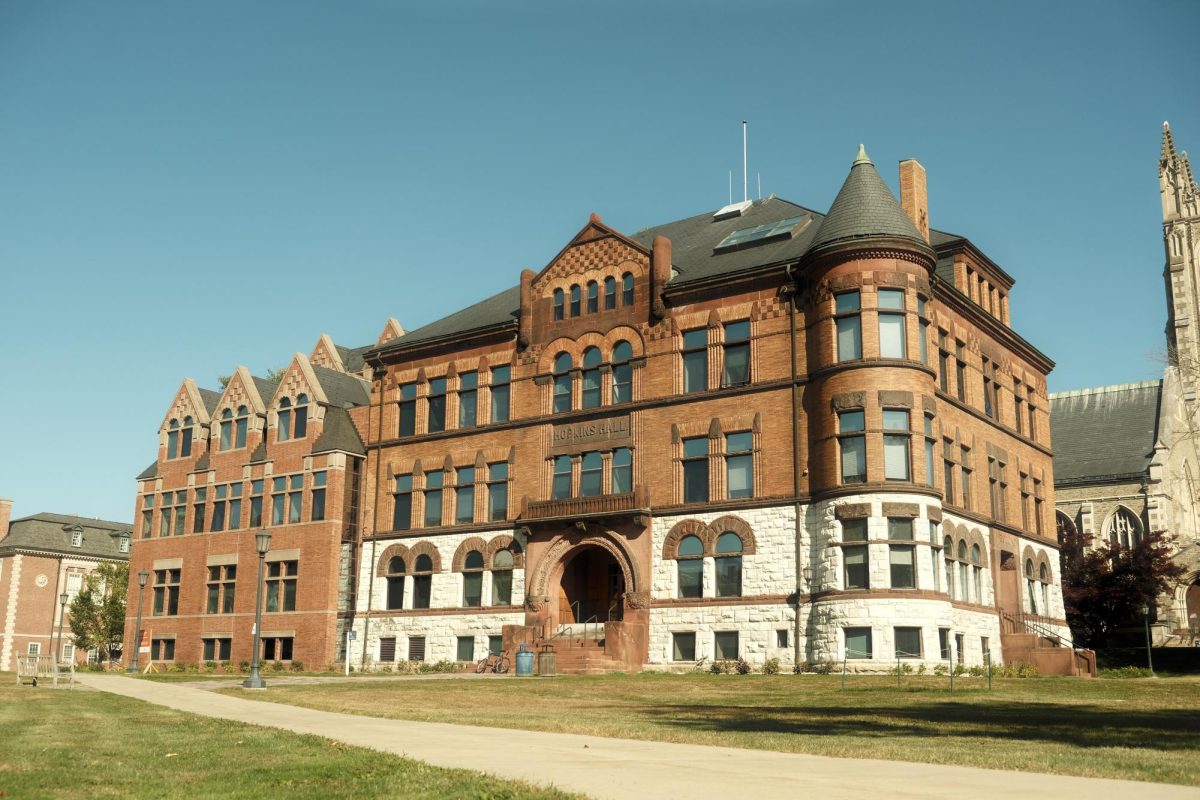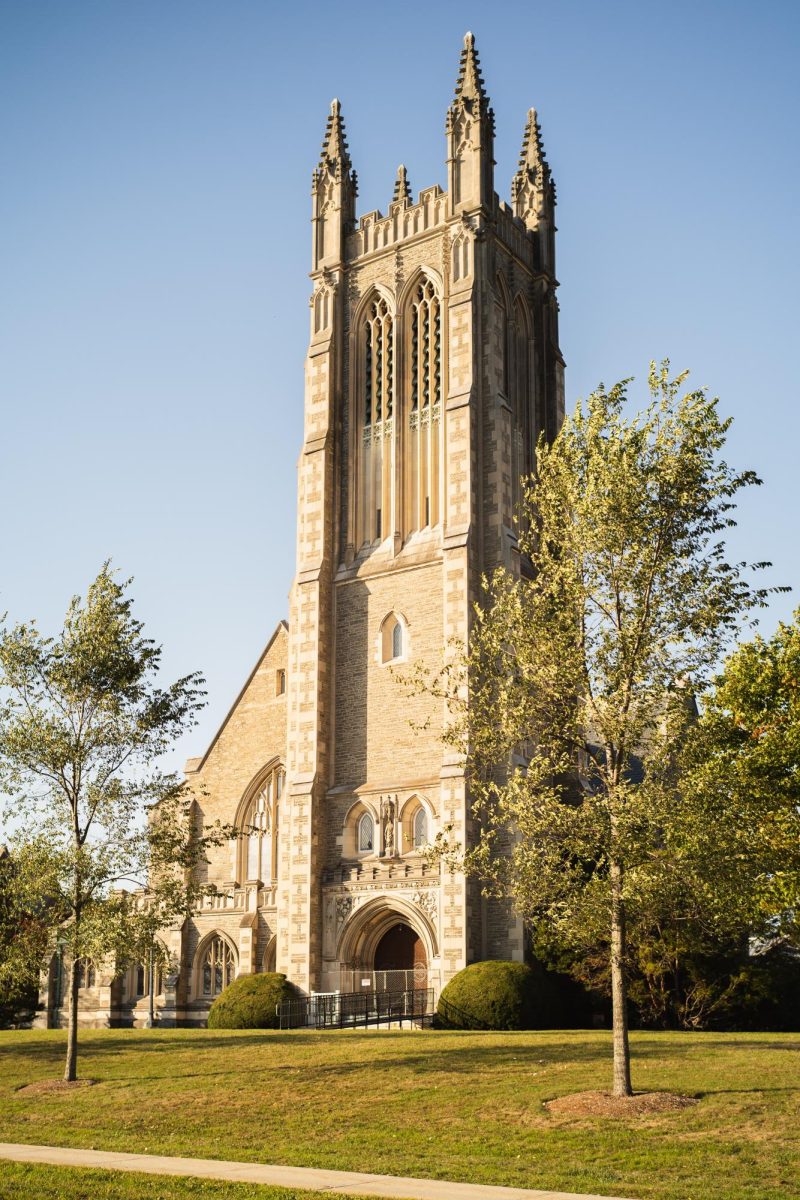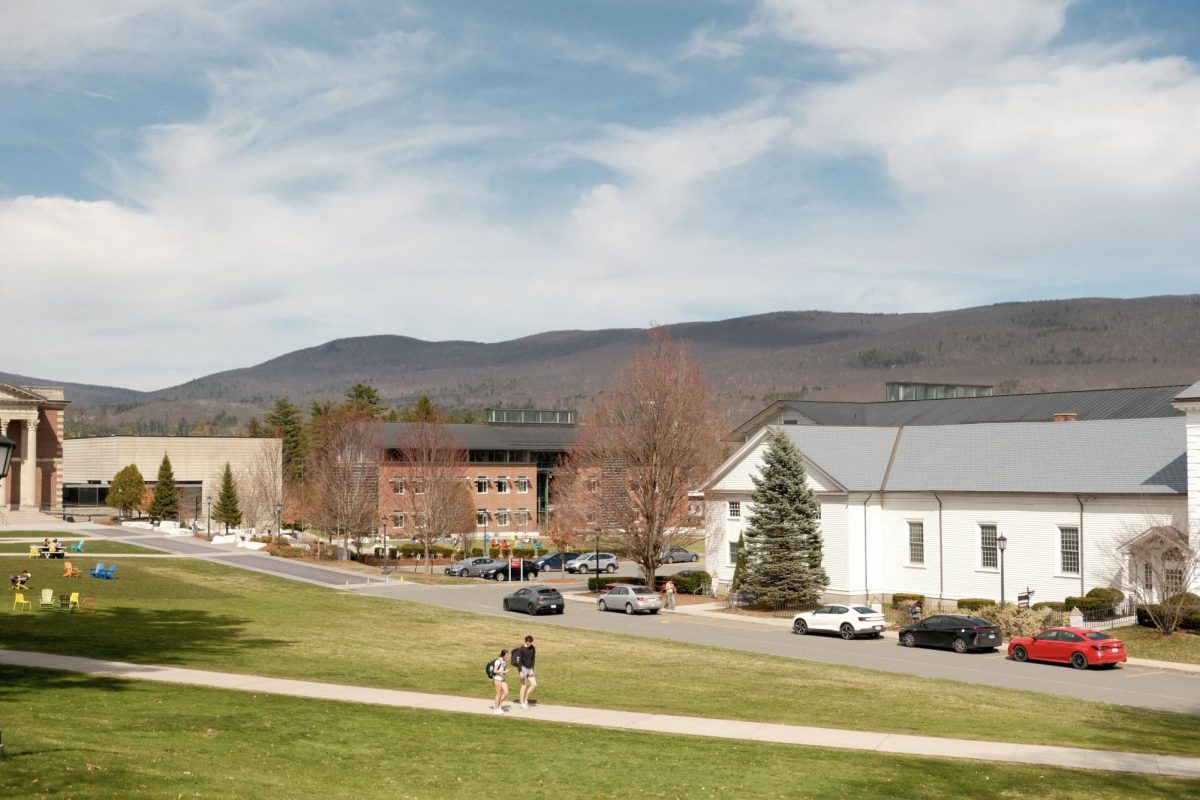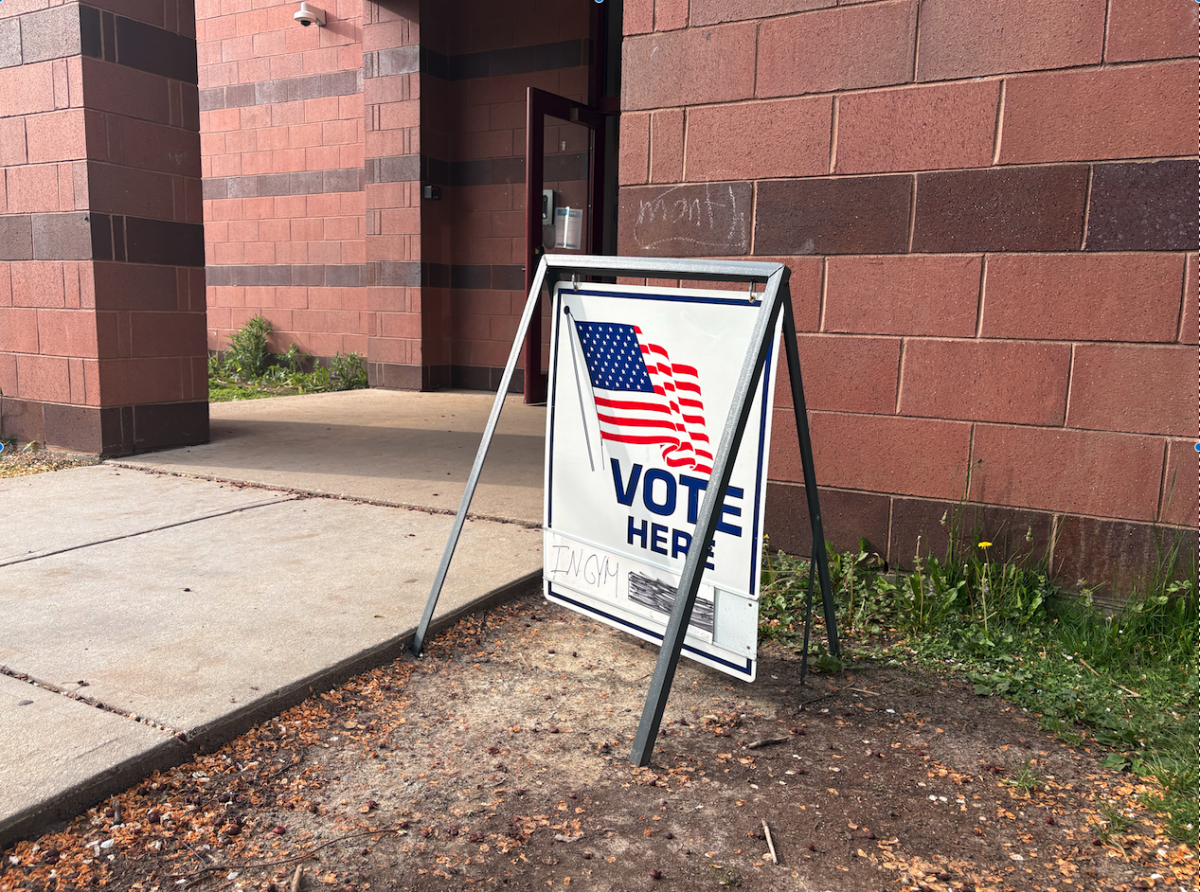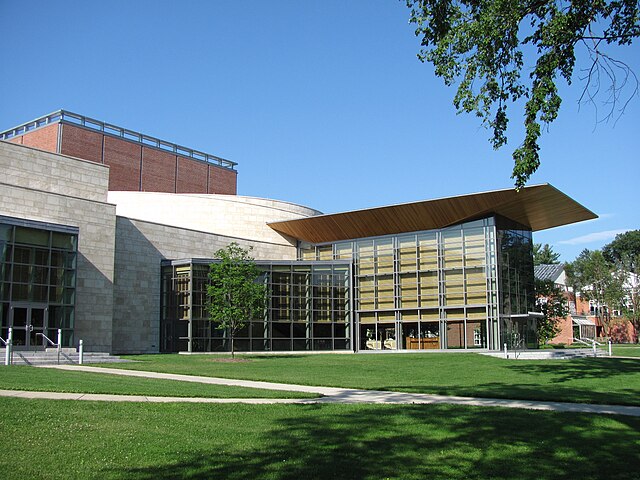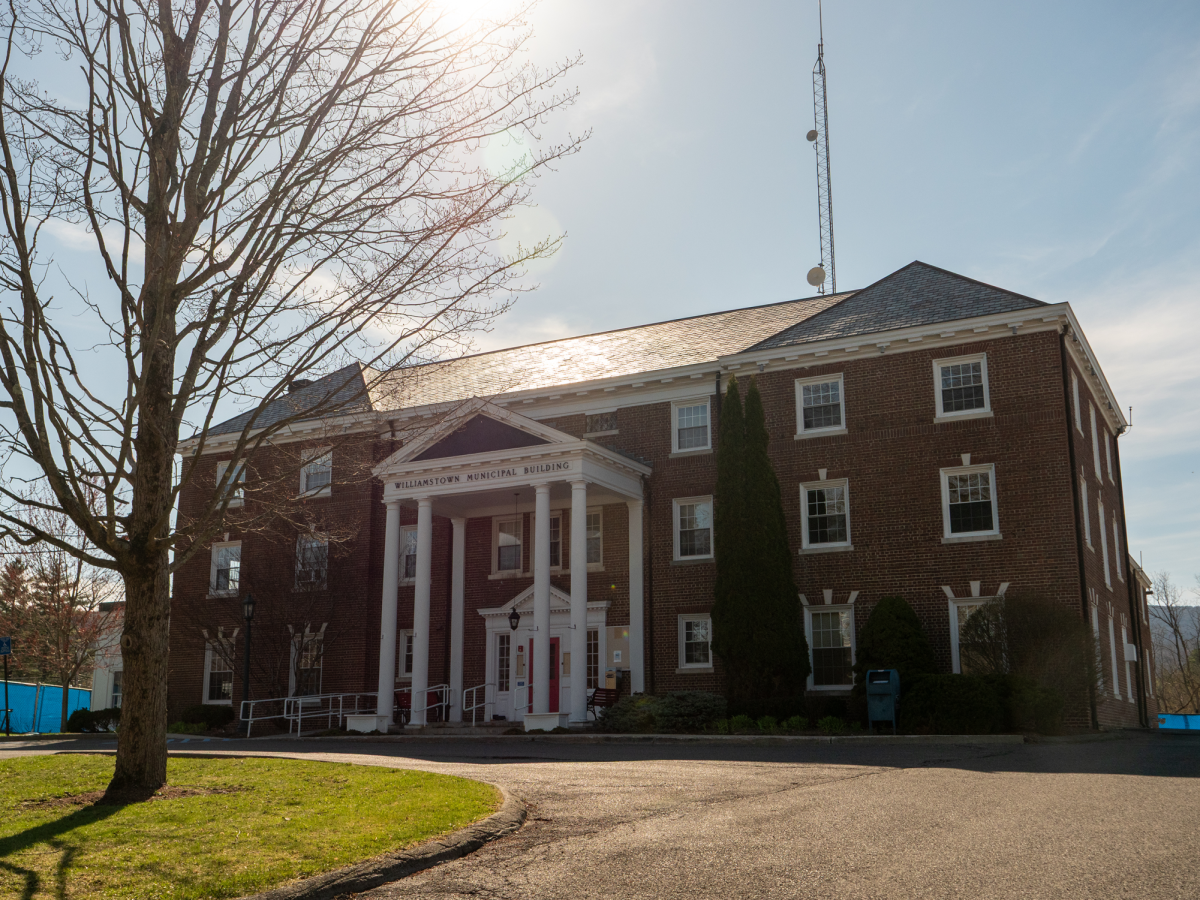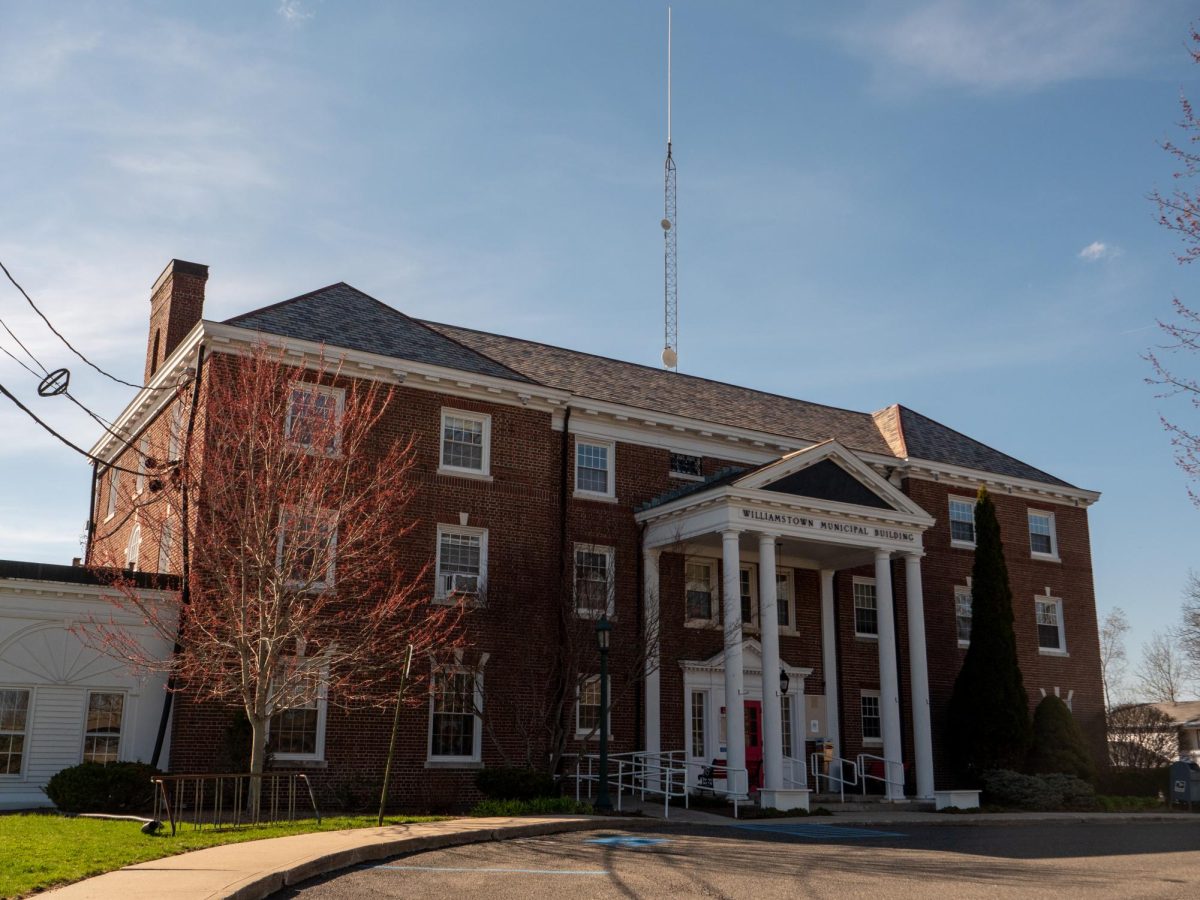The Williamstown Comprehensive Plan Steering Committee released a draft of Envisioning Williamstown 2035, a plan that outlines the next decade of the Town’s physical development. Two overarching themes inform the plan: sustainability and community resilience; and diversity, equity, and inclusion.
The steering committee will collect residents’ responses to the plan until Oct. 26. It will then incorporate that feedback into the plan, aiming to produce a finalized draft by December 2023 or January 2024.
The Williamstown Planning Board, which mostly oversees land use policy, will then carry out the initiatives outlined in the plan.
The plan’s structure deviates from those of typical municipal documents, including the Town’s most recent comprehensive plan released in 2002. Rather than addressing topics such as transportation, housing, and resource allocation independently of one another, the plan addresses them all within four planning themes: “Distinct and Diverse,” “Stewardship and Services,” “Welcoming and Connected,” and “Character and Place.”
“Twenty years ago, the comprehensive plan covered what the state law said we had to cover — and that statute is now super old,” Andrew Groff, director of community development, said in an interview with the Record. “Sustainability and diversity were two key things that weren’t included in the state law’s requirements.”
Though primarily a long-term plan, the draft also serves as a legal basis for regulations regarding land usage. The plan’s introduction states, “The Plan will serve as a ‘road map’ and starting point for fostering a desirable, inclusive, and sustainable place to live, work, and visit.”
According to Groff, ideas for the plan’s draft were raised as early as 2018. However, the plan’s development faced several delays due to the COVID-19 pandemic, and its process did not officially begin until November 2021.
That month, the steering committee partnered with consulting firm Resilience Planning and Design, and together, they conducted the first stage of the plan: compiling an Existing Conditions Analysis of the Town. The analysis evaluated and consolidated data from the 2020 census on features of development and land use in the Town, specifically regarding housing, transportation, public facilities and services, natural resources, and parks and open spaces. The Existing Conditions Analysis — as well as feedback gathered from the community — informed the most recent draft of Envisioning Williamstown 2035.
“The Plan reflect[s] the vision, needs, and desires of residents, community realities, and integrate[s] known priorities and projects already underway,” its introduction reads. To gather this input, the committee hosted forums and community conversations last fall.
In order to ensure that the committee gathered perspectives of Town residents unable to attend meetings, it asked for feedback through its own website, an interactive display at the Milne Public Library, and a collaboration with a group of College students enrolled in “ENVI 402: Environmental Planning Workshop.” The class aided the committee in engaging with and learning from the perspectives of groups often underrepresented in planning processes, such as young children, senior citizens, low-income residents, employees of the Town who reside elsewhere, and students at the College.
Widely stated among these groups was an appreciation for the town’s natural surroundings and various levels of desire for increased accessibility. For the youth and students surveyed, this typically meant places to work or socialize, such as additional benches and tables. For Williamstown employees and seniors, lower housing costs were emphasized as they expressed a desire to live in town but felt it was often economically infeasible.
Among other projects, the draft plan addresses future land usage for infrastructure development and land protection.
“The reason people love living here is because of our geography,” Groff said. “It is a beautiful town, but it is surrounded by these protected areas. People love the nature, the farms, and the trails.”
According to the Comprehensive Plan, the Town anticipates changing zoning laws in order to promote infill development opportunities to build housing within the current boundaries of the Town, avoiding sprawl into surrounding rural lands.
“We want to see small units built in town, building up the downtown and areas around the campus, in a way that doesn’t change the character of the neighborhood, but arguably makes [it] better,” Groff said.
Under the plan’s third section, entitled with the planning theme, “Welcoming and Connected,” the importance of diversifying transportation options is emphasized as a means of achieving Williamstown’s goals of lowering carbon emissions and increasing equity. “Regardless of whether individuals own a vehicle or cannot drive, there should be other transportation options for them to use to get to work, appointments, and other destinations,” the plan states.
One such destination is discussed within the section’s subsequent topic of transparent and representative local government. The section suggests diversifying transportation options would allow the public greater access to engaging with local government as their means of transport to civic engagement events would be provided. The Plan also recommends increasing the ways in which the public is able to engage in local government in order to adequately consider all community stakeholders when crafting policy. As the Comprehensive Plan is a policy “road-map” rather than a regulatory document, this section conveys a vision of how its suggestions might be enacted.
“[The Comprehensive Plan] is a living document that will need coordination from other public officials, the public, and literally everybody to be able to implement it,” Groff said.



